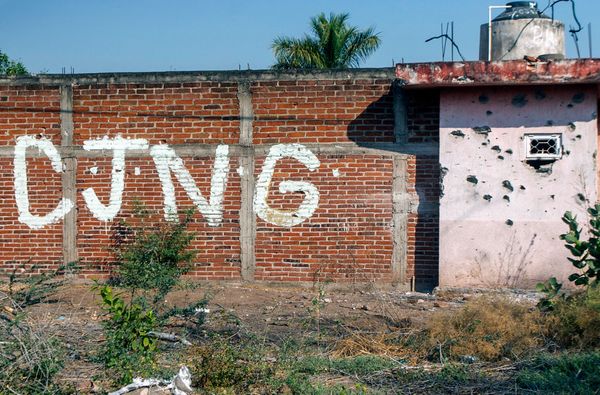
By Kerry Brown
Xi Jinping is a Party man. His first words in November 2012 after being made General Secretary of the Chinese Communist Party were about closing the gap between the Party and the people. Ever since then, making sure that the Party can indeed create a sustainable governance model — and not be washed away by the forces of history as the Soviet Union was — has been his core task. Despite the vast and ongoing challenges through 2020 because of Covid-19, the Party has never looked more dominant.
That includes over the state. In China, the state exists in many shapes. While those formally designated as ‘civil servants’ (gongwuyuan) at the national and provincial levels amount to around 8 million, there are almost 60 million working for state enterprises. According to the World Bank, total Chinese public sector employment, including those involved in education, healthcare and other administrative areas, together come to about 46 million.
From an overall employment figure of 770 million, 13% are public sector or state enterprise workers, with the number of state employees more than the membership of the Party, which totaled 90 million in 2019. Despite the view from outside that China is a state-controlled behemoth, the irony is that state employment has a lower share than in the United States, at 16%, or a staggering 26% in France.
The state and public sector still has a commanding role in administration and industries. This is one that the Party continues to control vigorously. In the 1980s, some Chinese leaders said they embraced the market like a “bird in a cage” — free to develop up to certain limits. These limits were often deliberately left vague and undefined so that changing circumstances could be responded to.
A similar situation prevails between the state and the Party, with the latter controlling the state’s political parameters. That, in a sense, is the cage. The state takes Party ideology and translates it into implementable policy. It does not have the agency to originate policy or political direction. In the Xi era, the change has come from making sure that there is real clarity about where the “cage” that binds the state is.
One key mode of control is simply for the Party to use its powers of appointment in the public and state enterprise sectors to ensure that the state performs as expected. In the era of former president Hu Jintao, Xi’s predecessor, galloping growth meant that officials were often more like entrepreneurs. State-owned enterprises became vast generators of cash, much of which was filtered into the hands of corrupt networks of influence. The state was big business and the Party looked more often like the poorer, more virtuous relative. Now, under Xi, the Party is back.

Any idea of parity, or even subservience, has been expelled. This was largely achieved through the anti-corruption struggle that began after the Party’s 18th National Congress in 2012, when Hu retired and was replaced by Xi as General Secretary of the Party. The cadres who had misunderstood that their key role was to be politicians — not business people — were disciplined. Some were removed from power. Others were demoted. The signal was clear, though: state workers had their ultimate loyalty to the Party.
China under Xi is a repressive place — but it is repressive without favor. In the past, rules were negotiable. Everything could be solved by finding “the back door” and your networks were your greatest asset.
These days, there are rules. Actions that are seen as eroding the national mission under Xi to become a great, rich nation are seen as akin to high treason. It sounds counterintuitive, but in Xi’s China, repressive rules cause as much stress for bureaucrats seeking to wander beyond their designated powers as they do for activists wanting to find more areas for social and organized political action. Xi’s China is many things, but unpredictable is now not one of them.
The Party is above all a crisis-management entity. It performs best when there are crises. The vast stress of Covid-19 has shown it at its best. While Western governments have largely floundered, the Party has managed to face down the problem, aided by huge voluntary assistance from the public. It seems to already be pulling out of the worst of the economic downturn, with more than 4% growth predicted by some for 2020.
Those in China who need to relate to the state — and that means practically everyone — have to ensure that while they seem to be dealing with a strengthened and more confident state apparatus, they know that behind it is the invisible, but undeniable and irrevocable, hand of the Party. China is a complex place, but in this respect it is as simple as ABC.
The News Lens has been authorized to republish this article from East Asia Forum. East Asia Forum is a platform for analysis and research on politics, economics, business, law, security, international relations and society relevant to public policy, centered on the Asia Pacific region.
TNL Editor: Bryan Chou (@thenewslensintl)
If you enjoyed this article and want to receive more story updates in your news feed, please be sure to follow our Facebook.







